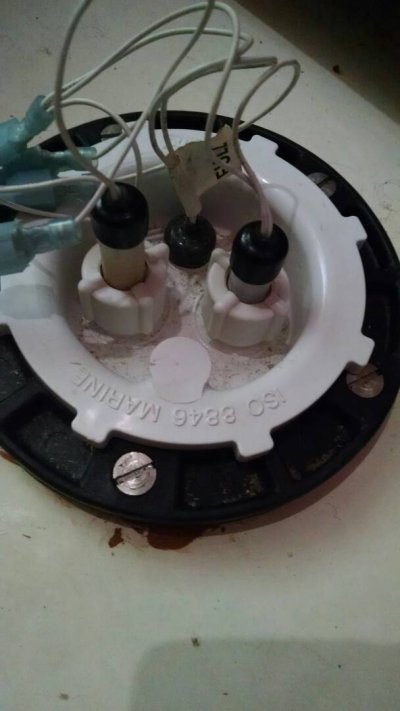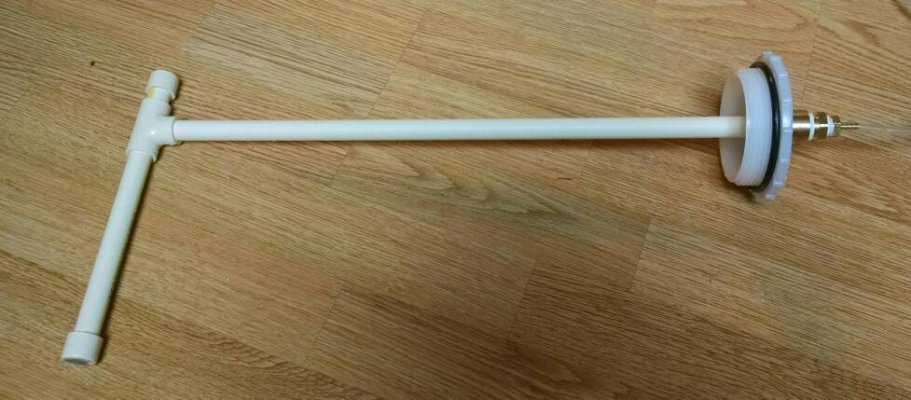dhays
Guru
- Joined
- May 26, 2015
- Messages
- 9,045
- Location
- United States
- Vessel Name
- Kinship
- Vessel Make
- North Pacific 43
I am going to be replacing my holding tank monitor and I currently have a Tank watch 4. I want to remove the sensors, replace the cap with a blank cap, and them eventually cut a hole in that to install a dyi aeration system. Anyone know where to get a blank cap? Is it a typical 3" ismpection port thread? It needs to seal completely.





